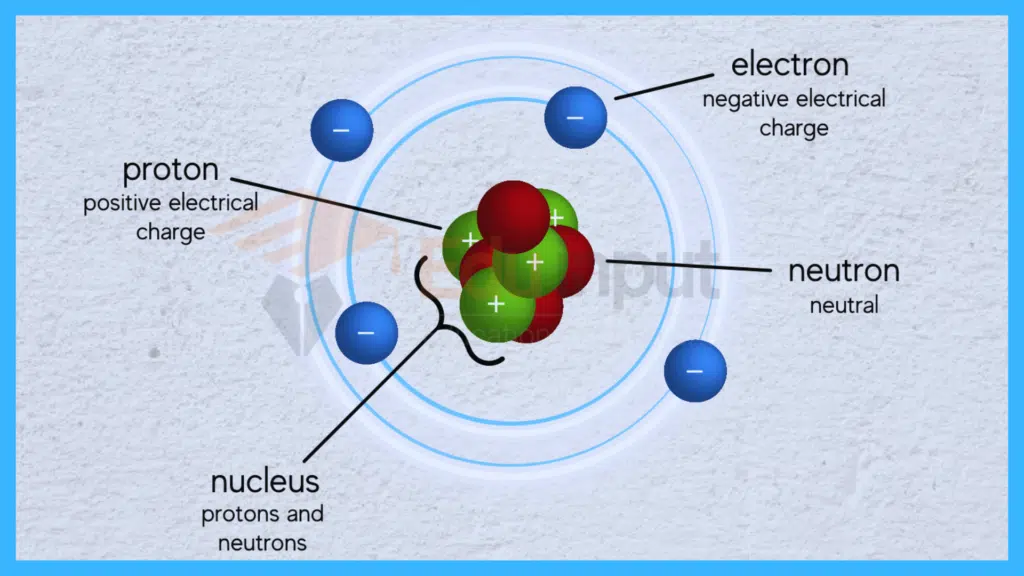10 Examples of Subatomic Particles
Subatomic particles are the building blocks of matter, existing at a scale smaller than an atom. They play a crucial role in the structure and behavior of atoms and contribute to our understanding of the fundamental nature of the universe. In this article, we’ll explore 10 different examples of subatomic particles, each with unique properties and functions.
Examples of Subatomic Particles
Here are 10 Examples of Subatomic Particles:

1. Electron – A Fundamental Lepton
The electron is a fundamental subatomic particle with a negative charge. Found outside the atomic nucleus in electron clouds, electrons are involved in chemical bonding and are essential for the functioning of electronic devices.
2. Proton – Nucleus Building Block
Protons are positively charged particles located in the atomic nucleus. They contribute to the positive charge of an atom and determine its atomic number. The number of protons in an atom defines its identity as an element.
3. Neutron – Neutral Nucleus Stabilizer
Neutrons are electrically neutral particles found in the atomic nucleus along with protons. They play a crucial role in stabilizing the nucleus, and variations in neutron number can result in isotopes of an element.
4. Quark – Elementary Constituents of Protons and Neutrons
Quarks are elementary particles and a constituent of protons and neutrons. They carry fractional electric charges and are never found in isolation. Quarks exhibit strong interactions mediated by gluons.
5. Photon – Carrier of Electromagnetic Force
Photons are elementary particles of light and electromagnetic radiation. They have zero rest mass and carry energy and momentum. Photons play a key role in the interaction of charged particles.
6. Muon – Heavier Relative of the Electron
Muons are similar to electrons but are heavier. They are unstable and decay into other particles. Muons have been used in experiments studying cosmic rays and high-energy physics.
7. Gluon – Mediator of Strong Nuclear Force
Gluons are elementary particles that mediate the strong force, binding quarks together to form protons, neutrons, and other hadrons. They play a vital role in the strong nuclear force.
8. W and Z Bosons – Weak Force Carriers
W and Z bosons are carriers of the weak force, responsible for processes like beta decay. Their discovery was crucial in validating the electroweak theory, unifying electromagnetism and the weak force.
9. Higgs Boson – The Particle Associated with Mass
The Higgs boson is associated with the Higgs field, which gives mass to other elementary particles. Its discovery at the Large Hadron Collider was a significant milestone in particle physics.
10. Tau Neutrino – Elusive Messenger of Weak Interactions
Tau neutrinos are associated with the tau lepton. Neutrinos are electrically neutral and extremely elusive, with the ability to pass through matter almost undisturbed.



Leave a Reply